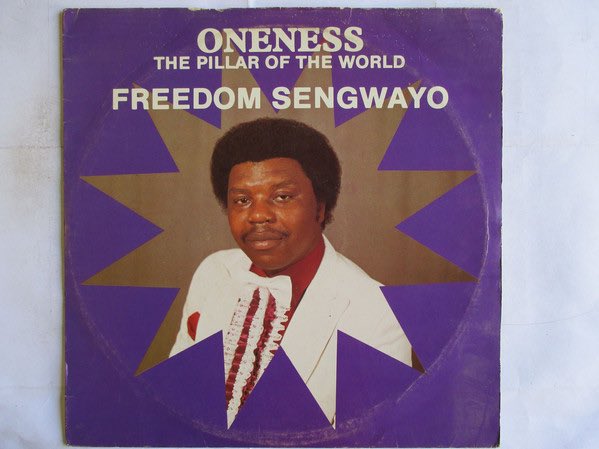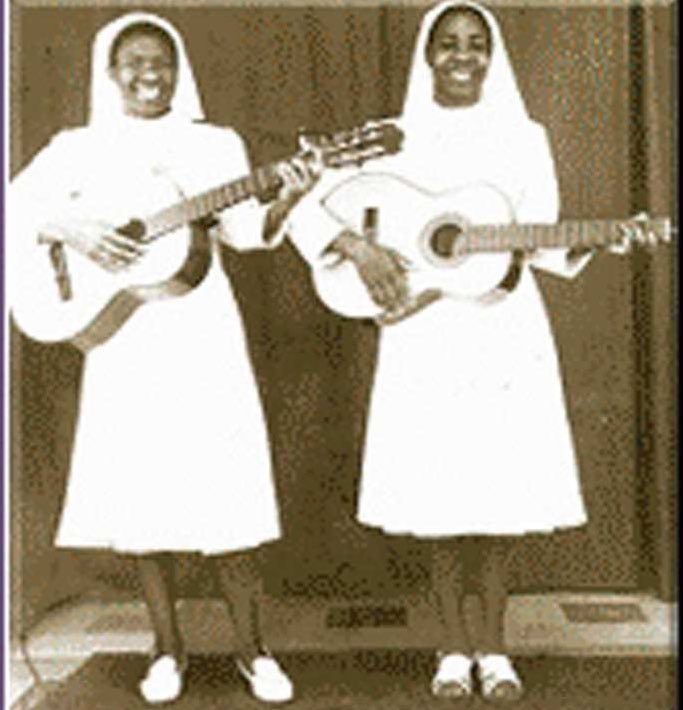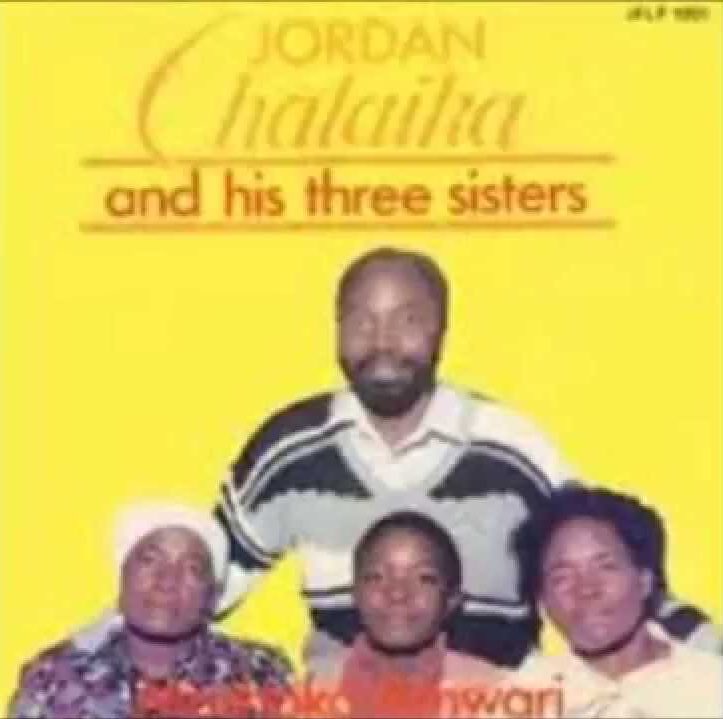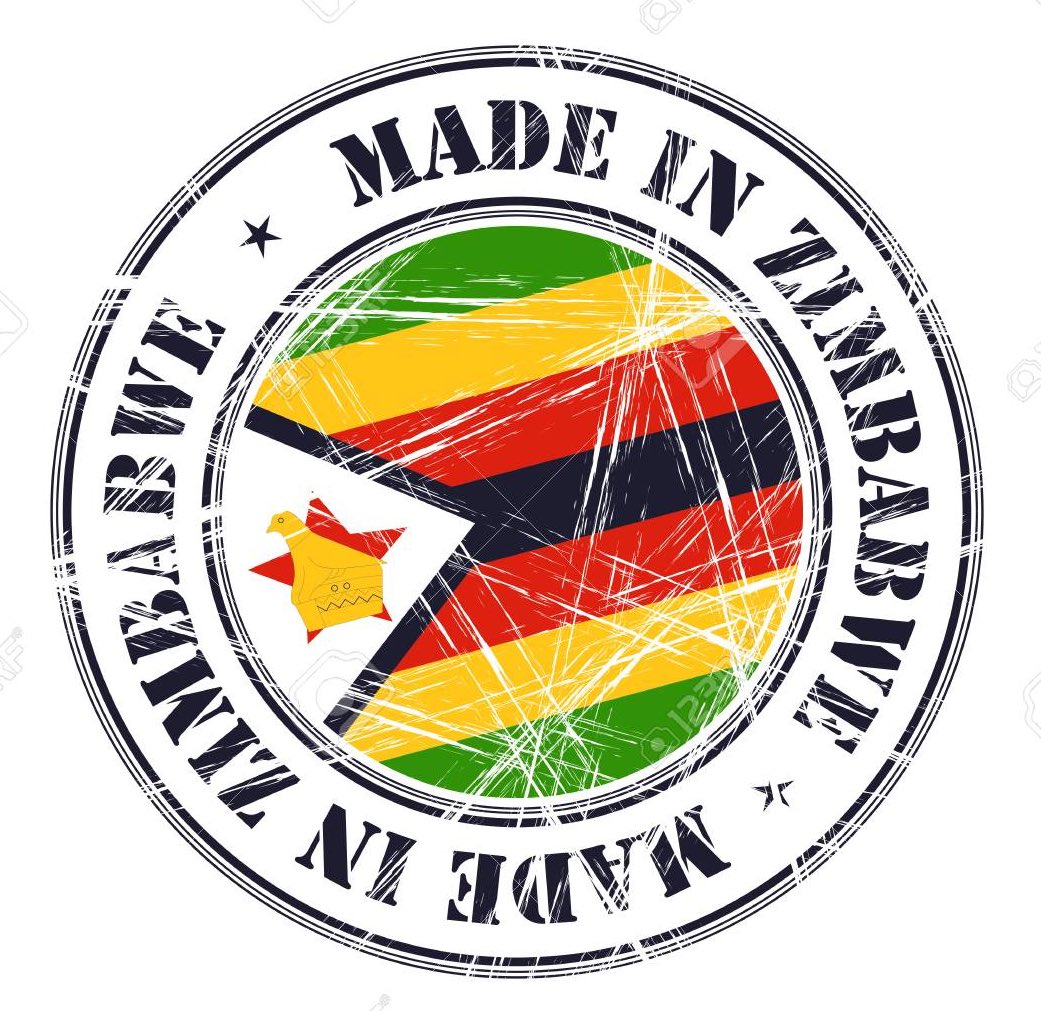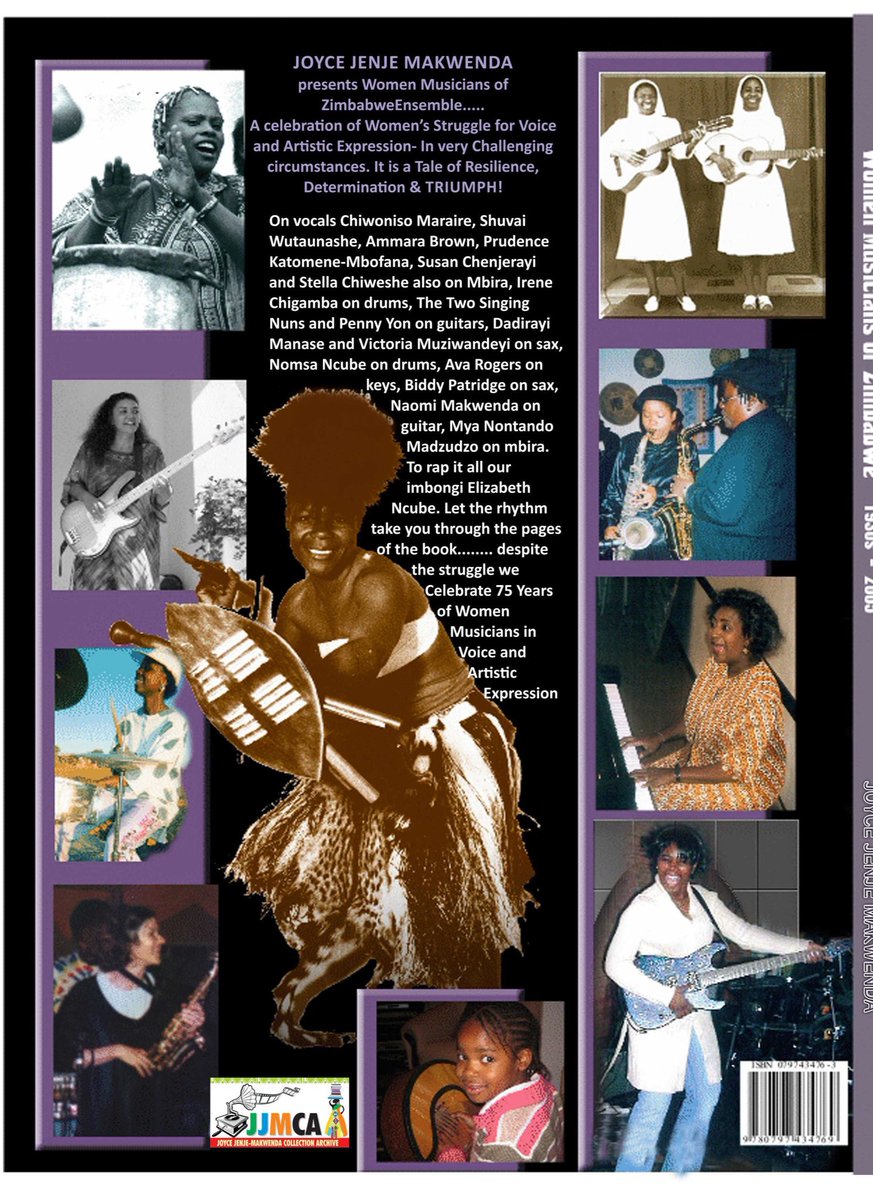
🧵 The music journey of Zexie Manatsa starts with two gifted brothers – and two stolen guitars.
Here’s a #SunguraFriday thread on the late Zexie Manatsa and his legendary Green Arrows
Here’s a #SunguraFriday thread on the late Zexie Manatsa and his legendary Green Arrows

In the late 50s-60s, Zexie and his brother Stanley are playing makeshift guitars and penny whistles to entertain folks around the mines of Mhangura and Chinhoyi. 



The boys are so good, they’re hired by a businessman, Mujakachi, who runs a popular bar in Chinhoyi. Those days, bar/hotel owner would hire resident band. The bar owners supplied the instruments. That way, the owners had control over everything.
So this dude Mujakachi, taking advantage of the boys, makes Zexie and Stanley play at his bar for three months - NO PAY.
Fed up, Zexie and Stanley hatch a plan. They’re leaving, and taking Mujakachi’s guitars with them.
Here’s Zexie telling that funny story
Fed up, Zexie and Stanley hatch a plan. They’re leaving, and taking Mujakachi’s guitars with them.
Here’s Zexie telling that funny story
Imagine Mr Mujakachi waking up one morning and finding his band, and guitars, gone… 😂
Zexie and Stan - a bass and a lead guitar in hand - move to Harare, where they perform as the Mambo Jazz Band. Soon, they catch the train to Bulawayo. At Jairos Jiri, they join up with the great Fanyana Dube and the famous Sunrise Kwela Band
They began touring, playing simanjemanje music, the South African sound that was huge throughout the region then. It had been made popular by acts like the Mahotella Queens and Izintombi Zesimanjemanje
Legendary South African producer West Nkosi spots Zexie and Stan, likes what he sees, and signs them up to his label, Mavuthela Music, under Gallo Records. This man is an absolute icon. 

With Zexie on bass, Stan on lead, Givas Bernard on rhythm, and Raphael Mboweni on drums, the Green Arrows were on their way up…
In October 1974, the Green Arrows recorded one of Zimbabwe’s most popular wedding songs. Chipo Chiroorwa was apparently inspired by the wedding of his cousin Chipo. 

Chipo Chiroorwa mixed all the influences; jazz, kwela etc, all in one track. That ‘warped’ guitar riff - almost a discord - was Stanley being genius. He used the old wah-pedal to get this ‘mangled’ sound out of his guitar. (More on him later)n Brilliant.
The Green Arrows also experiment with rock and funk, huge in the country then. In 1975, they recorded Towering Inferno, a rock tune that wouldn’t be out of place at a Woodstock festival of the time. On the flipside was the funk instrumental, No Delay.
As the war raged, the Green Arrows fired their own bullets at Smith, via music. There was Musango Munehangaiwa, a tribute to the freedom fighters. And then this beaut; Nyoka Yendara. Uptempo and defiant, and the sharp lyrics were barely veiled.
In 1979, Zexie married his first love, Stella Katehwe. When the Reverend at Mbare Methodist said to Zexie: “Well done, Zexie, wawana chivaraidze chako”, it inspired him to immediately write one of his famous tunes as a dedication to his bride
How big was Zexie? The couple celebrated their wedding at Rufaro. Thousands paid a $1 each to get in . All the top bands performed. Zexie hired bank tellers to handle the gate takings; a neat $19 000, according to some reports 



The Green Arrows were huge, and were invited to play at big events; Here’s an article from 1978, the band performing at the Castle Cup Final between BAT Ramblers and RISCO. 

The Green Arrows stayed on top of their game through the 80s. His song Tea Hobvu was huge with fans. Not so much with members of the Mapostori church. They issued their version of the fatwa on him.
Kung’ora!!
Kung’ora!!

But Tea Hobvu wasn’t the only song that wasn’t exactly a hit with the Mapostori.
He also sang: “Vachaita musangano mapostori ekwa Marange, pamusana pekuda kuziva akatipenda nependi nhema, yaive mugaba rehurombo….”
He also sang: “Vachaita musangano mapostori ekwa Marange, pamusana pekuda kuziva akatipenda nependi nhema, yaive mugaba rehurombo….”
1987, Zexie drops Tsuro Soccer Star, a six-track album carrying anthems in honour of the Big 4 clubs in the country; Highlanders, CAPS, Dynamos and Zim Saints.
To this day: “Ibhola seliphelile, iHighlander iwinile. Siyababonga abafana, sifisa bayephambili…”
To this day: “Ibhola seliphelile, iHighlander iwinile. Siyababonga abafana, sifisa bayephambili…”
Then Zexie suffered a series of tragedies. He survived a car crash in 1987 that destroyed his music kit. In June 1990, his brother Stanley, the lead guitar genius who had been Zexie’s stage partner from day one, died. 

Four years after Stanley died, Sabastian, another Manatsa brother who was also part of the Green Arrows, also died. Here’s Saba’s smooth vocals on Kurova Amai
The hits had dried up, his two beloved brothers had died, and creditors were after his house. Zexie took to the bottle, drinking heavily. 

Change came while he and his wife were staggering from a beerhall.
They heard people singing. Curious, and drunk, they ventured near the “crusade”. They converted to Christ there and then. So started a new phase of Zexie’s life
They heard people singing. Curious, and drunk, they ventured near the “crusade”. They converted to Christ there and then. So started a new phase of Zexie’s life

Zexie enrolled at the ZAOGA AMFCC Bible school. Among his fellow students there; Biggie Tembo.
Biggie (far left) is seen in this pic with Zexie and others
Biggie (far left) is seen in this pic with Zexie and others

Not long ago, Zexie was invited to watch as young artistes on the StarBrite show competed to sing his songs.
The look on his face showed how proud his was in that moment.
Legacy intact.
The look on his face showed how proud his was in that moment.
Legacy intact.
Here was Zexie in 2020, performing with his family. (Three of his sons - Green, Freedom and Tendai - are active musicians).
On August 12 last year, Zexie’s family announced that he had been diagnosed with multiple myeloma, a type of cancer. He sadly died in hospital on Thursday.
A performer till the end!
A performer till the end!
In 2009, on the 30th anniversary of that famous wedding, Manatsa said of his wife Stella: “I am one of the few, if not the only musician, who [is] still married to their first love.” 

Zexie Manatsa’s music journey started in the farms and beerhalls of Mhangura. It was propelled to a new level to the tune of two justifiably appropriated guitars. It is, now, sealed forever in a rich discography, one of the most enduring legacies of Zimbabwean music.
RIP Zexie 🙏🏾



RIP Zexie 🙏🏾




• • •
Missing some Tweet in this thread? You can try to
force a refresh





